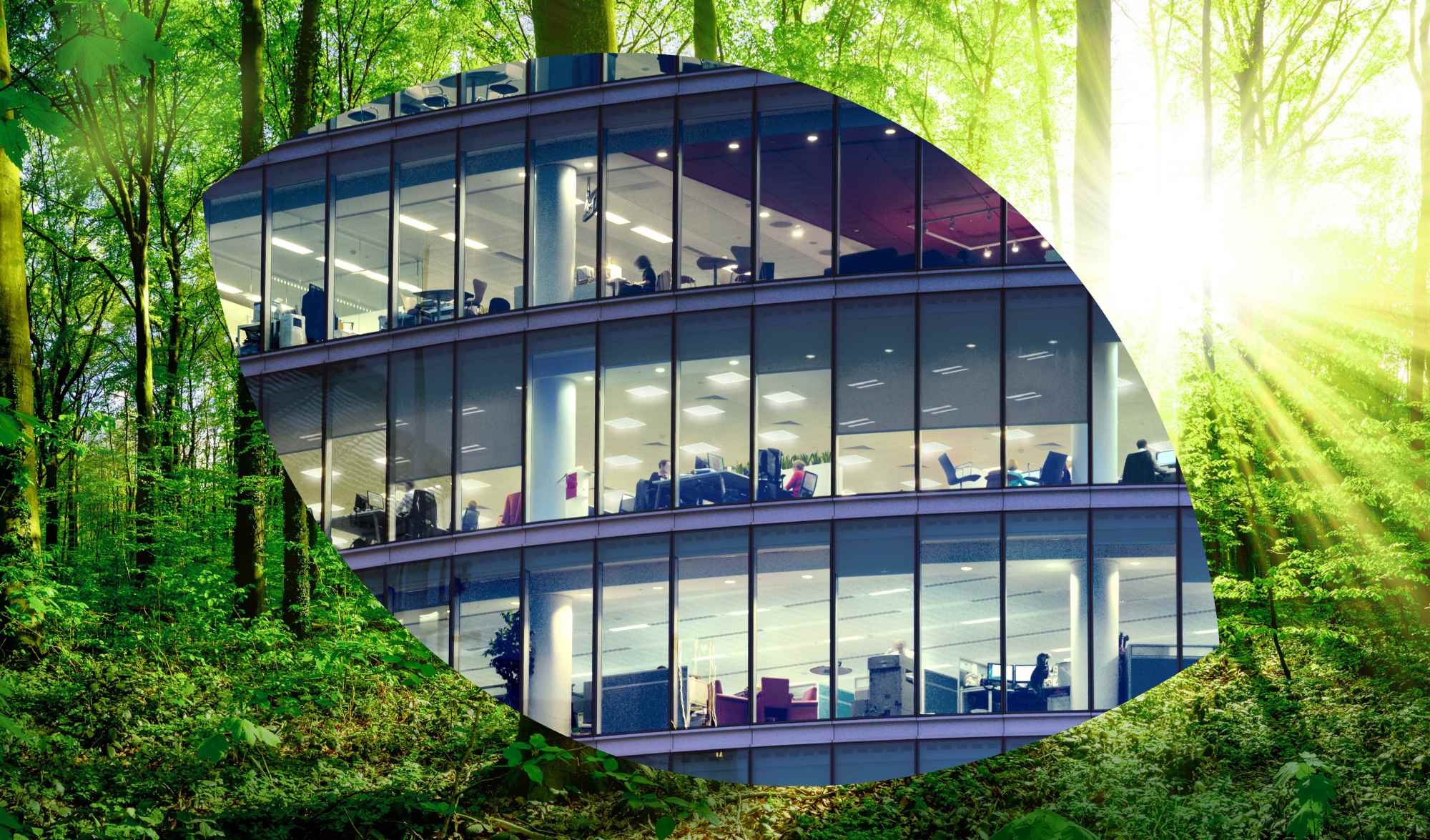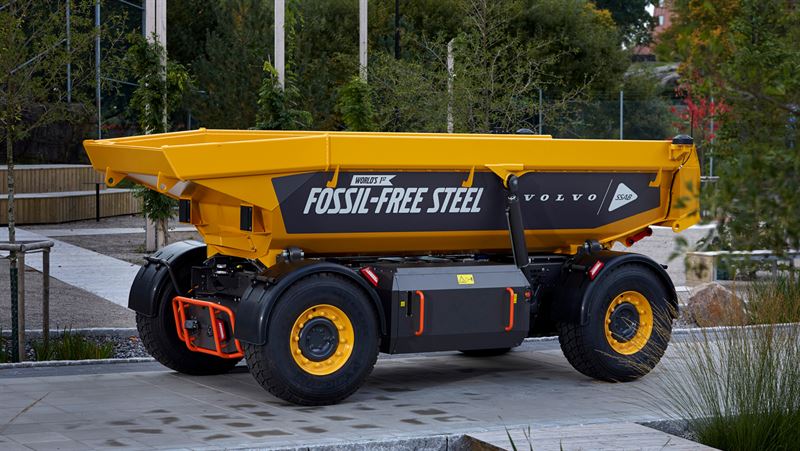What is Russia's Hydrogen Strategy?
Before the invasion of Ukraine, Russia had ambitions to be a global leader in the production of hydrogen. It has committed hundreds of millions of dollars, euros and...
Read Full Article
Could future buildings produce their own electricity using oat husks? That’s just one of the many innovative ideas being developed to help future-proof our building stock.
In a world-first, a Limestone Coast food manufacturer will produce electricity using only oat husks, enabling it to offset almost all its monthly energy costs.
Cereal oat supplier Blue Lake Milling completed construction of its $8.1 million biogas plant in Bordertown, Australia recently.
Commercial projects manager Jeremy Neale said the plant would generate enough bioenergy to power both the plant and nearby homes: “Two-thirds of it will go to the mill, and the remaining third will be put back into the grid,” Neale said.
“It’ll go a fair way to eliminating our electricity bill.”
.jpg)
Picture: a photograph of oat husks held in a person's hand
The mill processes more than 24,000 tonnes of oat husks each year as a by-product of its production. Until now, the husks have been sold as stock feed, used as packing material or been thrown away.
The new biogas plant converts the husks into bioenergy through a process called anaerobic digestion. This involves microorganisms breaking down biodegradable material into mush, much like in the human stomach.
The subsequent biogas created is a mix of methane gas and carbon dioxide, which fuels an onsite generator to produce electricity and heat to power the oat mill.
While common in Europe, the anaerobic digestion plant is just one of five in Australia, with the vast majority fed by assorted food waste.
In the construction world, Peab and SSAB are securing fossil-free steel for building projects.
As of 2026, Peab has access to, and plans to use, SSAB’s fossil-free steel in its construction projects. Together the companies will also analyze various future possibilities for how fossil-free steel can reduce the climate footprint of the construction industry.
SSAB’s fossil-free steel is produced within the HYBRIT initiative, which was started together with the iron ore producer LKAB and the energy company Vattenfall. It is the world’s first fossil-free steel-making technology where hydrogen and fossil-free electricity is used instead of coking coal and other fossil fuels traditionally used in steel production. SSAB plans to produce fossil-free steel on a commercial scale in 2026.
Additionally, Volvo Group has recently revealed the world-first vehicle made of fossil-free steel from SSAB.
The machine, a load carrier for use in mining and quarrying, was unveiled at a green steel collaboration even tin Gothenburg hosted by Martin Lundstedt, President and CEO Volvo Group.

Picture: a photograph of the world-first vehicle made of fossil-free steel
In employee wellbeing, office lighting that helps to regulate the right level of hormones throughout the day has been developed.
LumiNature’s dimmable, auto-adjusting white light works with the circadian rhythm of the sun, controlling lighting colour and intensity automatically. It also removes the blue peak, which is common from standard LED light sources and not found in natural light.
Blue light delivered at the wrong time of day is widely recognized as disturbing our brain and our daily rhythms leading to poor quality of sleep. Removing this peak is key to maintaining a healthy cycle.
Using optical-electrical engineering and design, glare and flicker have also been reduced to the lowest possible level.
The wireless SylSmart system enables dimmable, auto-adjusting tunable white light which respects the circadian rhythm of the sun controlling lighting colour and intensity automatically while also enabling full optimisation, automation, personalised control, and flexibility. All are accessed through the SylSmart mobile app.
“Replicating something as important as the sun is challenging. Choosing the right technology to deliver the real Human Centric solution is critical. Building on Sylvania’s 100 years of lighting expertise, combined with leading Intelligent controls and LumiNature light quality truly delivers exceptional light for wellbeing. This is contributing to the beneficial physiological performance of humans, helping them stay healthy, energised and achieve their goals easier. We have now achieved all this with LumiNature, by reproducing natural sunlight from artificial LED light sources,” says Christian Giraud, Feilo Sylvania Product and R&D Director EMEA.
Picture: a graphic showing an office facility in the shape of a leaf, on a backdrop of a forest
Article written by Ella Tansley | Published 05 November 2021
Before the invasion of Ukraine, Russia had ambitions to be a global leader in the production of hydrogen. It has committed hundreds of millions of dollars, euros and...
Read Full ArticleOxford United Football Club’s new 16,000 capacity home ground will be the UK’s first all-electric powered football stadium. As the first all-electric...
Read Full ArticleConstruction is now underway at the Staythorpe Battery Energy Storage System in Newark, Nottinghamshire. Mitie Power & Grid, via G2 Energy, is leading the design...
Read Full ArticleThe construction phase of Australia’s first major airport in 50 years is complete. Billed as “a seamless and stress-free airport experience unlike any...
Read Full ArticleA tissue manufacturing facility in Koblenz, Germany is on track to move to 100 per cent renewable energy by 2029. Kimberly-Clark, which has brands such as...
Read Full Article550 Spencer in West Melbourne is the first Australian building to generate its own electricity through a solar panel façade. The technology, which replaces...
Read Full ArticleThe Industry Committee for Emergency Lighting is to host its next Emergency Lighting Conference on 12 September 2024. Held at the Cavendish Conference Hall in London,...
Read Full ArticleWatch ThisWeekinFM’s interview with Bob Bohannon, Head of Policy and Sustainability at The Lighting Industry Association at CIBSE Build2Perform Live. The...
Read Full ArticleA UK-based lighting designer and manufacturer is extending its sustainability efforts by offering its “carbon careful” luminaire refurbishing service to other...
Read Full ArticleAs our days get shorter and darkness is increasingly edging into our working days, it’s a fitting time to start thinking about how to improve energy efficiency in...
Read Full Article